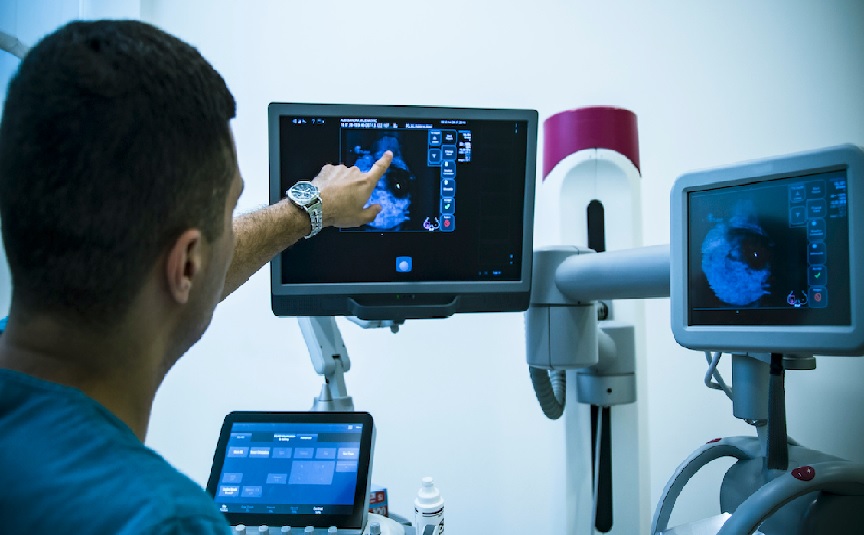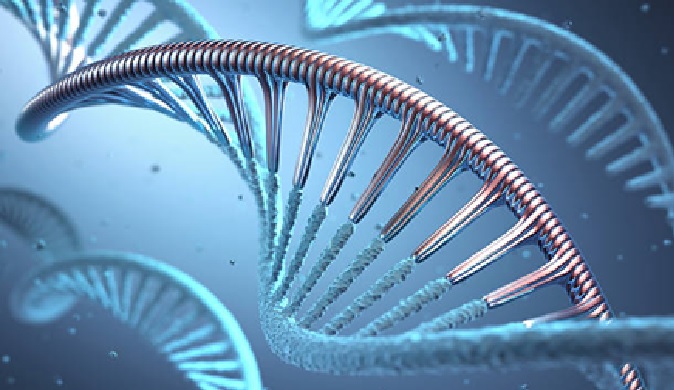Bioprinting
Bioprinting is a type of 3D printing that uses living cells and biomaterials to create complex structures such as tissues, organs, and even entire organisms. It is a highly advanced technology that has the potential to revolutionize the field of medicine by enabling the creation of functional tissues and organs for transplantation, drug testing, and disease modelling.
Tissue damage and degeneration is a rather common phenomenon among humans; however, the regenerating capabilities of human body are rather insufficient to deal with this trauma. The traditional methods for treating these conditions are dependent upon tissue or organ transplantation which is again dependent upon the availability of a donor which can be rather scarce and comes with the risk of graft rejection due to immune response. [1]
3D bioprinting is an extended application of AM that involves building a tissue or organ layer-by-layer using bottoms-up approach. The aim of 3D bioprinting is to somehow mimic the natural cellular architecture by depositing materials and cells in a particular fashion which can restore the normal structure and functionality of complex tissues. In 3D bioprinting, cells or biomolecules are printed directly onto a substrate in a specific pattern such that the cells can hold together to form the required 3D construct (Xiong Fa).[1]
A new three-dimensional printing technology called “bioadditive production” or “bioprinting” is created with the long-term goal to produce human tissues and organs for surgical therapy and transplants. The aim of this paper is to provide a review of the existing literature on bioprinting and to demonstrate how digital information is transformed into biological models that imitate actual organs.[2]
Research methodology/approach: The paper surveys the applications of bioprinting by presenting recent developments and limitations of bioprinting reported in the scientific literature.[2]

Figure 1.Bioprinting 3D
Figure 1 shows the bioprinting process involves the use of specialized 3D printers that can deposit living cells and biomaterials in a precise and controlled manner, layer by layer, to create 3D structures. The biomaterials used in bioprinting can include synthetic materials, such as polymers, as well as natural materials, such as collagen and gelatine.
One of the key challenges in bioprinting is ensuring the viability and functionality of the printed cells and tissues. Researchers are actively exploring various techniques to improve cell survival and promote tissue growth, including the use of bioinks, which are specially designed materials that can provide the necessary nutrients and growth factors for the cells.
One of the key challenges in bioprinting is ensuring the viability and functionality of the printed cells and tissues. Researchers are actively exploring various techniques to improve cell survival and promote tissue growth, including the use of bioinks, which are specially designed materials that can provide the necessary nutrients and growth factors for the cells.
References:
- https://www.frontiersin.org/articles/10.3389/fmech.2020.589171/full
- https://www.sciencedirect.com/science/article/pii/S2351978919302227
Cite this article:
Janani R (2023),Bioprinting, AnaTechMaz, pp.113















